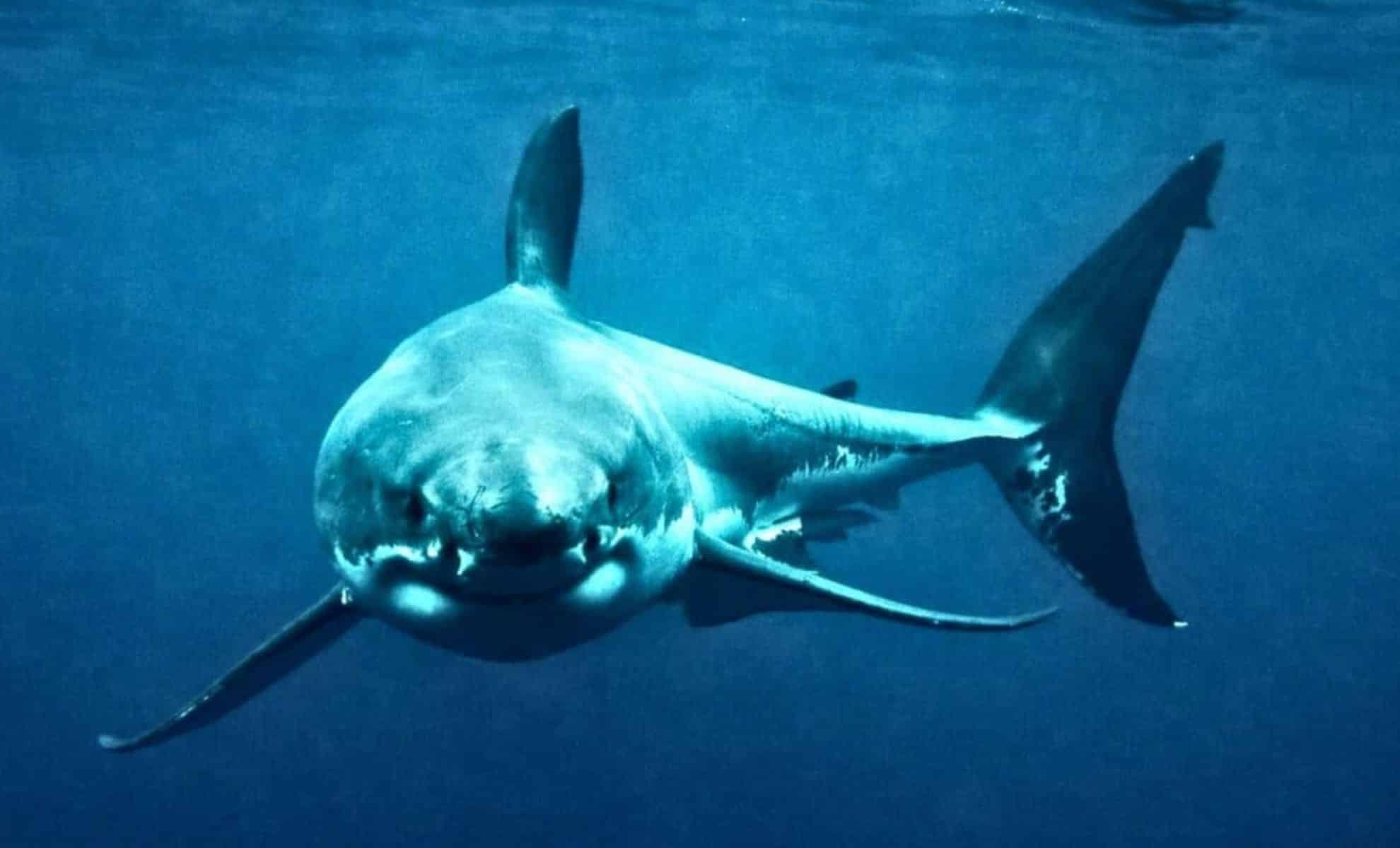
Once the Ocean’s Supreme Predator, “Great White Sharks” Are Now Facing Their Most Deadly Rival
How did your country report this? Share your view in the comments.
Diverging Reports Breakdown
Once the Ocean’s Supreme Predator, “Great White Sharks” Are Now Facing Their Most Deadly Rival
Scientists in Australia have gathered undeniable evidence of orcas actively preying on great white sharks. This revelation came after a 4.7-meter-long great white shark was discovered washed ashore in Portland, Victoria, in October 2023. The shark’s body was missing key organs, including its liver, digestive organs, and reproductive system. Forensic evidence found a 50-centimeter wound near the shark’s pectoral fin, containing DNA that matched the distinctive characteristics of the orcas. This marks the first documented instance ofOrcas hunting great white Sharks in Australia. Similar behavior has been observed in South Africa, where orcas have been seen dissecting great white. sharks and removing their livers while leaving the rest of the carcass largely intact.
The First Confirmed Attack: A Shocking Discovery in Australia
For the first time, scientists in Australia have gathered undeniable evidence of orcas actively preying on great white sharks. This revelation came after a 4.7-meter-long great white shark was discovered washed ashore in Portland, Victoria, in October 2023. The shark’s body was missing key organs, including its liver, digestive organs, and reproductive system. What made this discovery especially significant was the forensic evidence—a 50-centimeter wound near the shark’s pectoral fin, containing DNA that matched the distinctive characteristics of orcas.
Just days before this discovery, witnesses had reported seeing a group of orcas hunting in the same area. Among them were two notorious individuals, Bent Tip and Ripple, known for their coordinated hunting strategies. This marks the first documented instance of orcas hunting great white sharks in Australia, adding to growing evidence from other parts of the world that this behavior is becoming more common.
Footage released in June that captured the first instance of an orca whale feasting on a Great White Shark. Credit: Discovery
Orcas’ Surgical Precision: A Unique Hunting Strategy
Orcas are renowned for their intelligence, and they have demonstrated hunting techniques that few other marine species can replicate. One of their most remarkable strategies involves targeting the most nutrient-rich parts of their prey with precision. In the case of great white sharks, orcas have developed a method of extracting the shark’s liver, leaving the rest of the body largely untouched.
Shark livers are known to be rich in lipids—highly energy-dense nutrients that provide a significant calorie boost. This level of precision in hunting, particularly in the removal of specific organs, is something rarely seen in other marine predators. Similar behavior has been observed in South Africa, where orcas have been seen dissecting great white sharks and removing their livers while leaving the rest of the carcass largely intact. This suggests a level of strategic feeding comparable to human hunting practices.
Implications for Great White Shark Populations
The implications of this new predator-prey dynamic are significant, especially for great white shark populations. In South Africa, the arrival of orcas in great white habitats has already led to a noticeable decline in shark sightings. Many great whites have abandoned key hunting grounds, possibly driven by fear of becoming the next target. If orcas continue hunting sharks in this way, similar disruptions could unfold in Australian waters, leading to a decline in shark numbers.
This change in shark behavior could have wider ecological consequences. With fewer great white sharks to regulate seal and fish populations, local marine ecosystems may experience shifts in the food chain. It’s still unclear how widespread this pattern will become, but early signs suggest a significant disruption in the balance of marine life.
